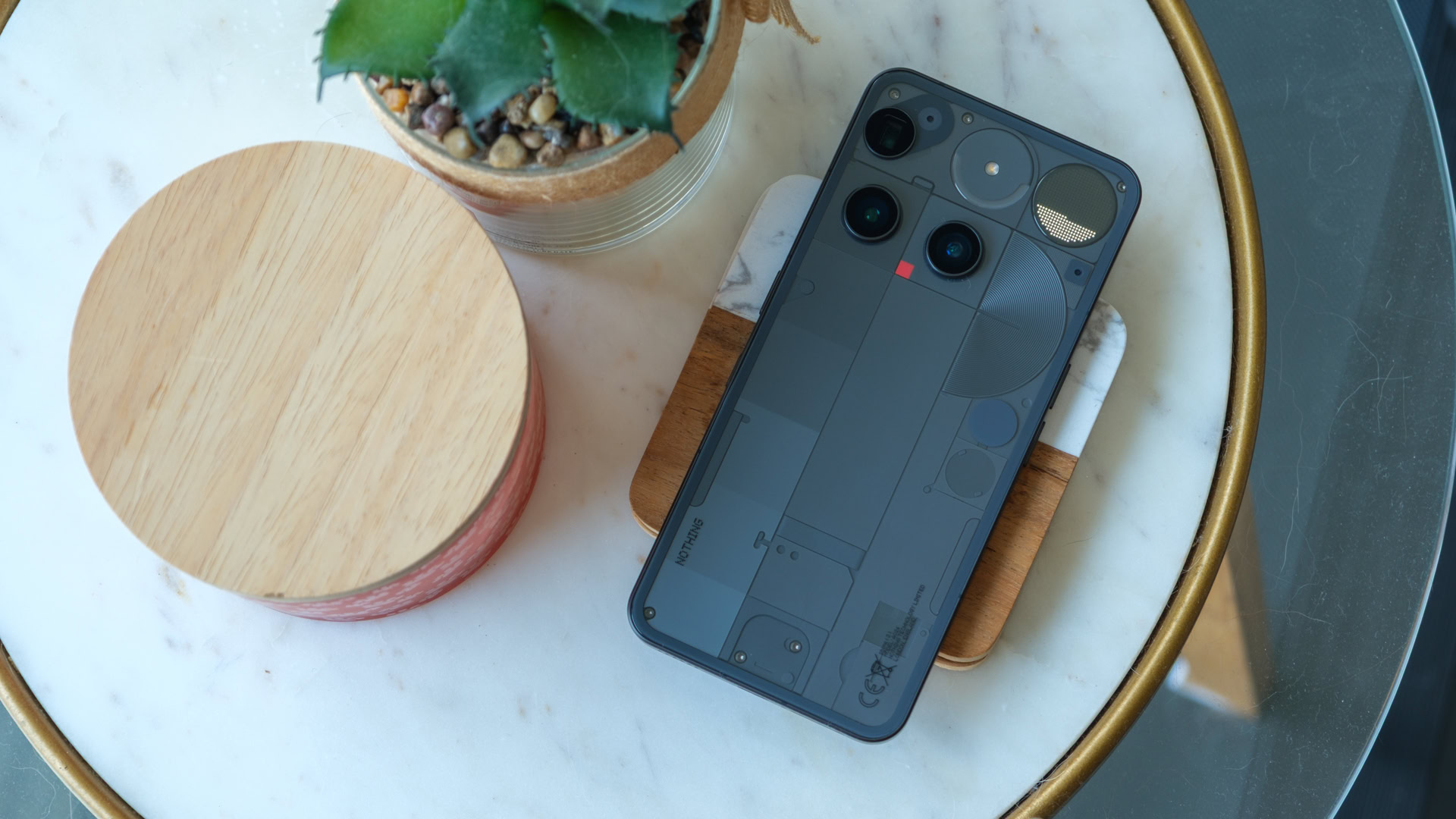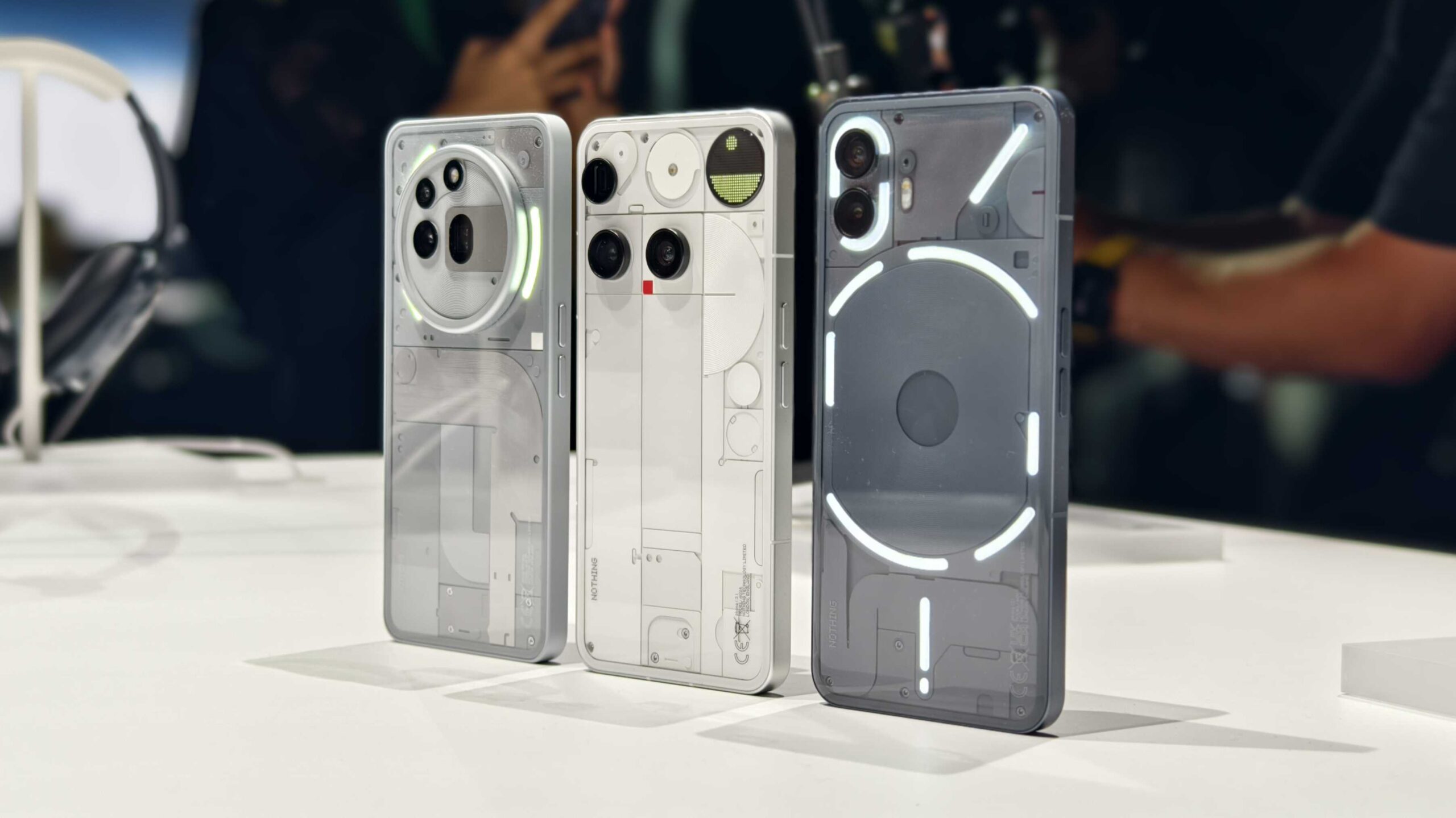More is less: I can’t make myself use Nothing’s Glyph Matrix

Nothing’s original Glyph Interface was the perfect level of gimmick — it added a bit of flair to the back of its first few phones, but always felt like it had a purpose. I trusted it for everything from following the charge of my battery to watching for an incoming phone call, and it was one cool thing I could always show off to my iPhone-toting friends.
Unfortunately, the Nothing Phone 3 took everything I loved about the original Glyph Interface and sent it back to the drawing board. It replaced the simple LED bars with a circular Glyph Matrix, and it’s made me stop using the light-up feature altogether. Here’s what I think Nothing got wrong by fixing what wasn’t broken.
It’s not a substitute for screen time

Prakhar Khanna / Android Authority
I know I just finished calling the Glyph Interface a gimmick — and it is, I stand by that — but at least it’s a gimmick that knew what it wanted to be. Its purpose was to complement the overall experience by making it so you didn’t always have to look at your phone screen. You could get a general idea of incoming notifications and countdown timers without boosting your daily screen time. And yet, you could just as easily go a whole day without using it.
The Glyph Matrix… isn’t so simple. It’s more detailed than the Glyph Interface, so you have to pay more attention to it than the Glyph Interface, ultimately pushing you to use your phone more than you might have wanted. Yes, sometimes it’s helpful as a way to check the current time without flipping your phone over, but because you already have to press the button on the back panel to activate the Matrix (which I don’t like, either), it makes the whole process take just as long as picking up your phone to check in the first place.
Unfortunately, as soon as I have my Phone 3 in my hand, I’ll probably check it. It’s kind of like the children’s book “If You Give a Mouse a Cookie,” in that it’s a slippery slope for me to start out checking my remaining battery on the back of my phone and very, very quickly end up scrolling the day away on Instagram or Reddit. With the Glyph Interface? Not a chance. It automatically kicked on for timers, notifications, and charging indicators, which meant I could leave my phone sit face down while I worked my way around the kitchen.
Nothing’s “toys” don’t add to the experience

Ryan Haines / Android Authority
If, in theory, you can get me to use the Glyph Matrix without being distracted by my phone, I think you’ll quickly find that I don’t know what to do with it. See, outside of the digital clock, every little feature, which Nothing calls Toys, feels useless. I like to be able to glance at the time, but I can also do that from my watch, which is always, always, always going to be on my wrist, so I rarely toggle the Matrix to show the time.
And, when I need to set it to something besides the time, I usually end up on the battery indicator. Unfortunately, Nothing’s original decision to make the battery indicator look like a glass half full (or empty, take your pick) made it very hard to know the remaining charge. I could press the Glyph button to light it up, but then I’m left guessing whether my phone is at 25% or 40%, and then I flip it over to light up the display and find out. Thankfully, a recent update (to Nothing OS 3.5) made this better by adding a visible percentage to the Matrix, but you’ve given this mouse his cookie, and now he wants to scroll social media.
Unless it’s a timer or a clock, I have no need for it on the back of my phone.
That update to Nothing OS 3.5 also added a bunch of other Glyph Matrix toys to explore, but I’m not sure they’re better. They’re mostly childhood games like spin the bottle and a magic eight ball that feel like they’re just kind of there. I haven’t found a situation where I’ve seriously wanted to use any of them, so I’ve mostly pulled them from the rotation. Cleaning up my active toys has made it easier to cycle through them with the Matrix Button, but also feels like it’s pulled out any remaining functionality from the feature itself.
I suppose a toy or two is cool, like the solar clock that can help you find the sunset, but again, it’s not quite precise enough. Nothing’s Glyph Mirror is a neat idea, too, unless you want to use it as a mirror. The idea is pretty simple: it uses your camera to project a black and white live image of yourself, but there’s not enough detail to use as a mirror. I tried it for about 30 seconds before I decided it was probably using more battery life than it was worth.
Also, if you’re the official @nothingindia account on Instagram, you turn the rock, paper, scissors toy into… well, just the grossest joke. If you don’t get it, consider yourself lucky. Yes, seriously, this was from the official account.
Can I really expect other developers to give this a try?

Prakhar Khanna / Android Authority
The one thing that still gives me a little bit of hope for the Glyph Matrix is third-party support. Like the original Glyph Interface, Nothing has opened up the freedom to create new toys and integrate app capabilities through a Glyph Developer Kit, which you can explore through GitHub. In theory, it’s a great idea, but if it’s anything like the third-party support on the Phone 1 and 2, I won’t hold my breath.
The problem is that Nothing’s Glyph Developer Kit has been available for over a year now, but it’s barely been used. If I open the Glyph Interface settings on my Phone 2 and look for third-party options, I get two: Google Calendar and Uber. The former gives me a five-minute countdown until the start of an event, while the latter can show the progress of my ride. I wouldn’t mind a five-minute timer for a Zoom meeting, but it’s not so helpful for a dinner reservation, a concert, or an appointment — if I’m running that late, five minutes won’t save me.
Nothing has a third-party developer kit… but nobody uses it.
Other integrations? Yeah, there aren’t any. There’s Zomato for food delivery, but I don’t use it with GrubHub and Doordash being so much more popular in the US. Maybe the slightly more complex interface of the Glyph Matrix will drive developers to support it — it would be easier to follow the status of a meal delivery, display current Spotify information, or get a more in-depth look at a Slack message — but I won’t hold my breath.
After all, Samsung’s beloved notification LED died off after a few underserved years. Why shouldn’t I expect the same from a gimmick that uses a hardware button and makes it hard to buy a phone case?

Nothing Phone 3
Nothing’s first ‘true flagship.’
The Phone 3 is a stylish reinvention of Nothing’s Android phone series, now with flagship specs, including a large silicon-carbon battery, a Qualcomm Snapdragon 8s Gen 4 chipset, and a periscope zoom lens with macro photography support.
Thank you for being part of our community. Read our Comment Policy before posting.


